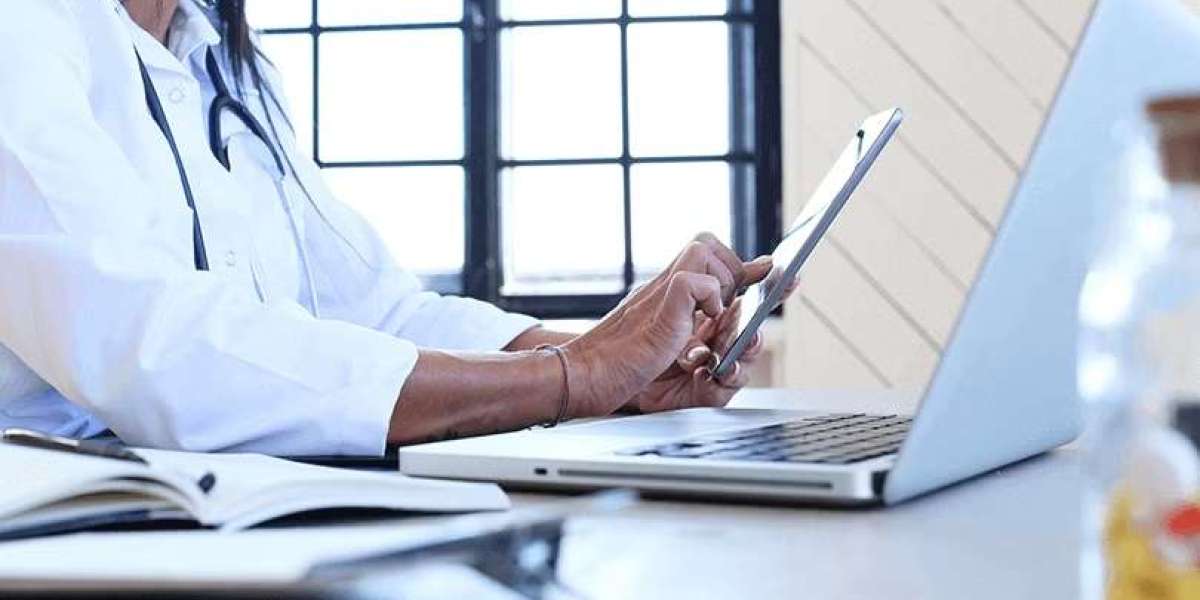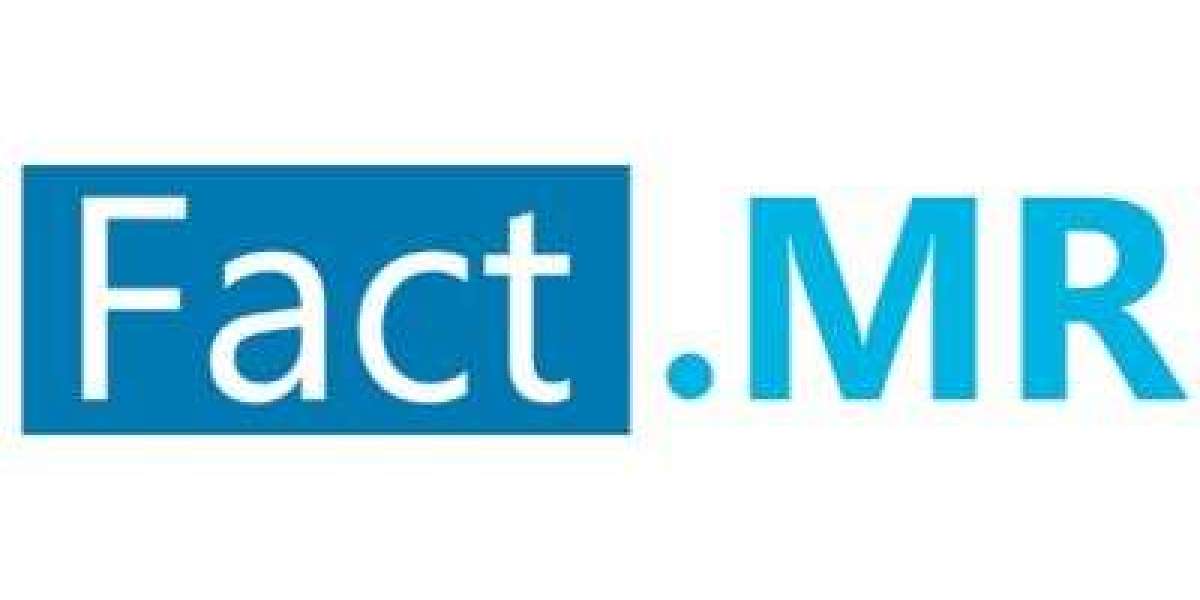Remote patient monitoring or RPM, collects and sends real-time health information to healthcare professionals who are located far away. EMR integration for RPM will enable doctors to make accurate diagnoses or prognoses by storing patient data obtained from devices.
What is EMR integration for RPM?
EMR integration for RPM is a discipline that supports care teams in minimizing pointless effort while streamlining the tracking and billing of the treatment of patients. RPM integration with EMR also enhances physician buy-in because all workflow processes are managed in a system that the clinicians are already familiar with.
How does integration of EMR with RPM benefit healthcare providers & patients?
Patient care is made more effective by enabling RPM data to be accessed within the EMR for simple record review, documentation, and orders.
Additionally, RPM with EMR or EHR integration improves messaging between practice staff, RPM staff, and providers enhancing the effectiveness of communication.
Additionally, using EMR resources in current RPM instruction enhances patient education.
What kinds of data from RPM devices can seamlessly integrate into an EMR system?
RPM devices frequently collect physiological information such as vital signs, weight, blood pressure, and heart rate. Patient data is collected and communicated to a doctor's office via a telehealth computer system or software application.
On the other hand, EMR integration for RPM will save patient data obtained from devices directly into a central repository like EMR or EHR and enable physicians to make precise diagnoses or projections.
What steps should be rendered to ensure an efficient EMR integration for RPM implementation?
Before integrating RPM with EMR, the healthcare organization must have a complete understanding of the expectations of the patients, the objectives of the organization, and the physical requirements.
It is time to look at potential RPM EMR integration solutions once the specifications are clear.
Depending on the specific home monitoring tools, such as glucometers, blood pressure monitors, weight scales, pulse oximeters, etc., technologies and solutions should be recognized.
The final essential practice will be training the members to use the RPM/EHR system.
Conclusion:
In conclusion, integrating RPM data into EMR significantly enhances patient care and streamlines healthcare operations. This seamless integration allows for efficient data access and communication, ultimately benefiting both healthcare providers and their patients.
A reputed service provider integrating EMR for RPM can customize based on patient expectations, organizational objectives, and appropriate technology solutions, along with comprehensive training to ensure successful EMR integration for RPM implementation.



